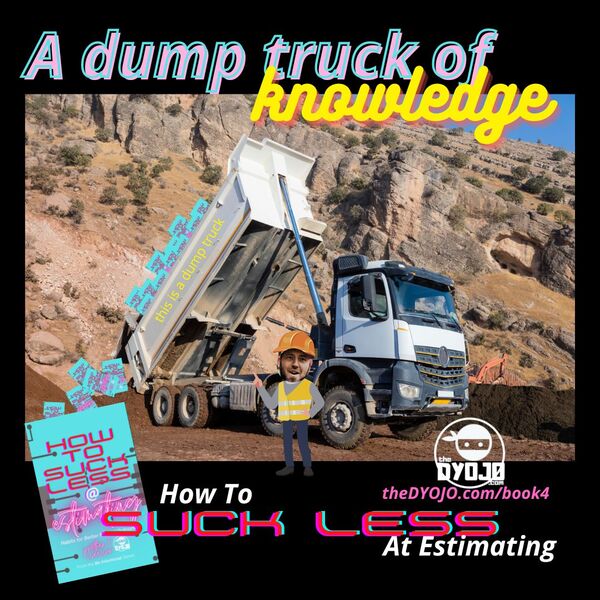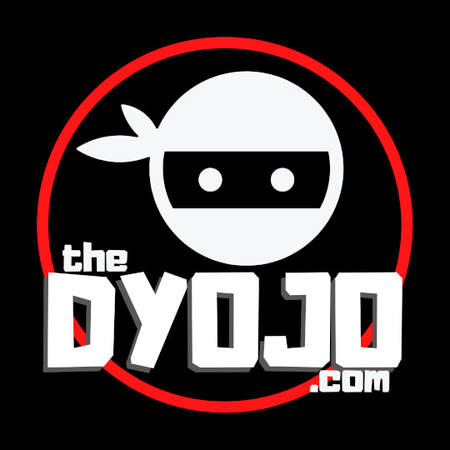|
How often do contractors receive arbitrary rebuttals to their inclusion of overhead and profit in their estimates for insurance claims? The answer is often. Sometimes the issue is easily explained by clarifying the complexity of the work or the number of trades involved. In this article we will briefly review a few scenarios, ensure that we have the correct understanding of indirect (overhead) costs verses direct (supervisory) costs, and share a sample email format for requesting clarification from the adjuster on a denial of overhead and profit. Work Complexity and O&PIf complexity is the barometer, O&P should be added to every claim without question (especially program or third party administrator work) as the level of compliance (i.e. complexity) for an insurance claim exceeds "normal" contracting scenarios. The insurance claims process for mitigation or renovation is inherently more complex than home improvement or remodeling when insurance is not involved. If complexity is a condition of the insurance policy, the carrier representative should be able to point this out to the customer and the contractor. A good question for the customer to ask would be, "Please show me where it states in my policy that overhead and profit is a condition of complexity." General Overhead are expenses incurred by a General Contractor, that cannot be attributed to individual projects, and include any and all expenses necessary for the General Contractor to operate their business.” - Xactware Direct vs. Indirect CostsAs we wrote about previously, "Indirect costs are all of those necessary expenses that a contractor incurs but are not directly related to an individual project. If a contractor, or any business, does not account for their overhead expenditures in the costs of their goods and services, they will not be in business for long." Indirect Costs are necessary for a contractor to remain in business. The insurance company may not care about this, but they sure understand their need to be profitable and protect that with great force. In most industries the overhead and profit are embedded in the costs. For example, when you buy an apple at the grocery store, they do not break out what their overhead and profit factors are for that item but they are certainly charging for it.
O&P are not optional for any business that wants to remain in business. General Overhead expenses are not included in Xactware’s unit pricing, but are typically added to the estimate as a percentage of the total bid along with the appropriate profit margin. These two costs together constitute what is normally referred to in the insurance restoration industry as General Contractor’s O&P, or just O&P.” - Xactware Supervisory labor (aka project management time) is as much a real cost that should be accounted for an compensated for the work as temporary power or restroom facilities. Supervisory time is a direct cost and should not be confused with or "traded" for overhead (indirect) costs. It is not included. It is necessary. It is common to either bid supervisory labor as a percentage of the estimated labor or submitted as a breakdown for billing at project intervals (i.e. bi-monthly). A Sample O&P EmailIf you receive a denial or a request for clarification for why you are requesting overhead and profit (O&P) as a contractor, this is a sample email that you could discuss with your customer and then send to the insurance carrier representative with the customer cc'd. Understand, this is not a guarantee that an adjuster will see things your way but it should help your customer and the adjuster to more clearly understand your position. Why wouldn’t overhead and profit apply? Overhead and profit are normal and necessary costs for a general contractor to remain in business.
Xactware, the estimating software utilized for this estimate as is common for insurance claims, states, “General Overhead are expenses incurred by a General Contractor, that cannot be attributed to individual projects, and include any and all expenses necessary for the General Contractor to operate their business.” Overhead and profit is normal and necessary for all companies including insurance companies. The insurance company included overhead and profit in their policy fees to the insured, correct? Where in the policy does it state that overhead and profit are excluded from the cost for an approved scope of work? Most contractors, if not all companies (including insurance), embed their overhead and profit costs into the lump sum pricing. Presenting overhead and profit as a markup is unique to insurance claims estimates in Xactimate. The software company advises, “General Overhead expenses are not included in Xactware’s unit pricing, but are typically added to the estimate as a percentage of the total bid along with the appropriate profit margin. These two costs together constitute what is normally referred to in the insurance restoration industry as General Contractor’s O&P, or just O&P.” Please advise if you need any further information to approve the total submitted scope and cost from our estimate as we know our shared customer is eager to move forward with restoring their home to resemble pre-loss conditions in a timely manner.
0 Comments
Leave a Reply. |
Words
The DYOJO - helping contractors shorten Archives
June 2024
Categories
All
EstimatingMarketingInsurance ClaimsLeadership |
|
| |||||||


 RSS Feed
RSS Feed
